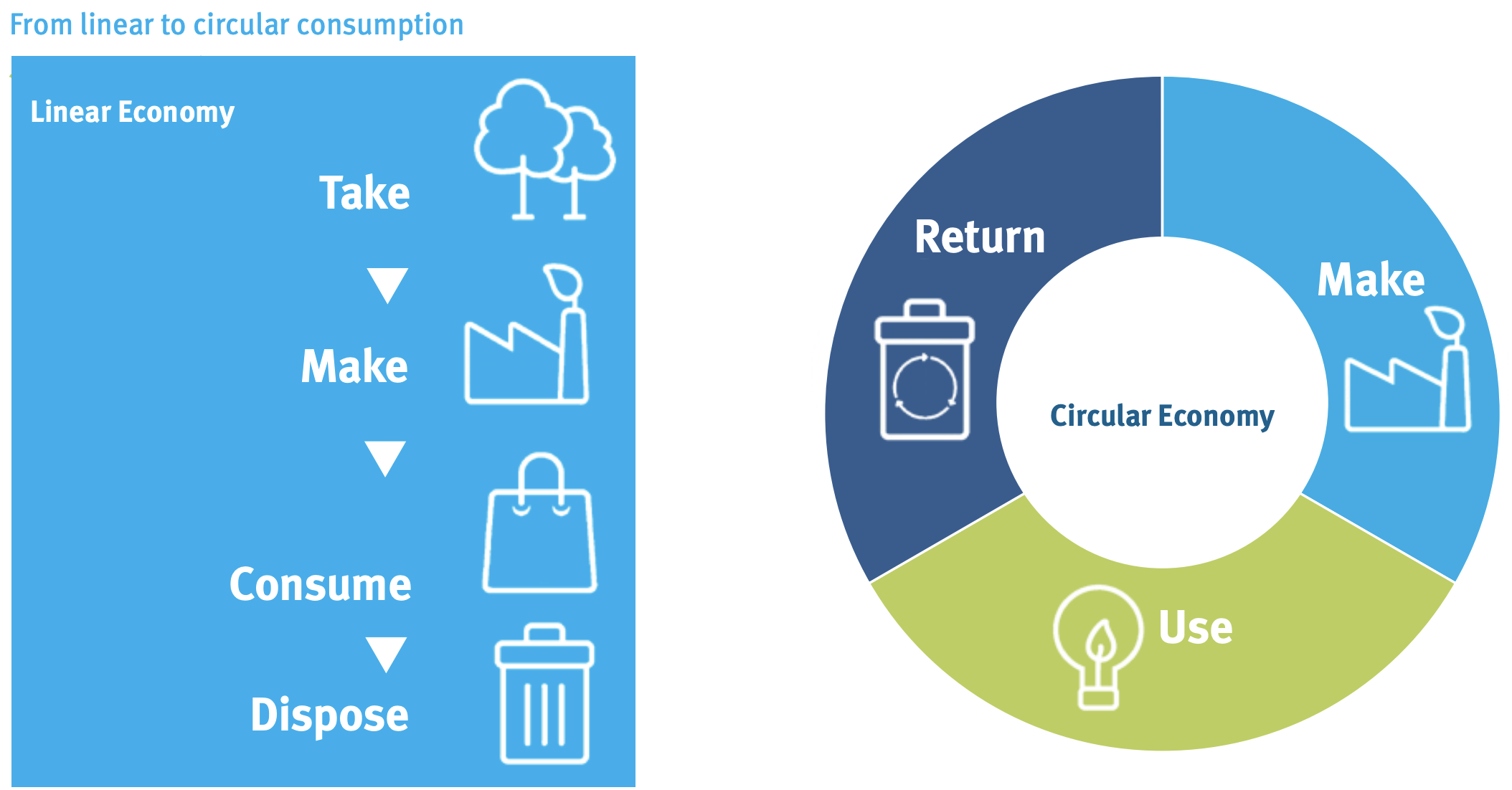Consumer behaviour and the circular economy

Report: Behavioural Study on Consumers’ Engagement in the Circular Economy
London Economics for the European Commission – Consumers Health and Food Executive Agency (CHAFEA)
23 October 2018, 202 pages
The objective of this study was to provide policy-relevant insights on consumers’ engagement in the circular economy. The study involved several research tasks including a literature review across all EU countries as well as third countries, stakeholder interviews, consumer focus groups in 4 EU countries, an online consumer survey in 12 EU countries and an online behavioural experiment in 6 EU countries.
Overall, all strands of research found that consumers were generally willing to engage in circular economy practices. But actual engagement was rather low. While a majority of consumers repair products (64%), a substantial share have not repaired products in the past (36%), and/or have no experience renting/leasing or buying second hand products (~90%).
A reason for this low engagement in circular economy practices could be that consumers lack information regarding product durability and reparability as well as the lack of sufficiently developed markets (e.g. for second hand products, renting, leasing or sharing services etc.).
In the behavioural experiment the provision of such information was found to be highly effective at shifting purchasing decisions towards products with greater durability and reparability. The survey and experiment also found that repair decisions are easily disrupted if arranging repair requires effort.
The findings indicate that there is a large potential to close the gap between consumers’ willingness to engage and their actual engagement. The study makes several policy recommendations to further enhance consumers’ engagement in the circular economy.
Nudging for sustainable consumption of electronics
by Amanda Stefansdotter, Jossi Steen Knudsen, Martin Flack, and Pelle Guldborg Hansen
Nordic Councils of Ministers
March 2016, 24 pages
Nudging is a way of benevolently pushing consumers towards more sustainable consumption choices without compulsion. The Nordic Council of Ministers through its working groups, the Working Group for Sustainable Consumption and Production (HKP) and the Nordic Waste Group (NWG), commissioned Copenhagen Economics to conduct a pilot study of how this knowledge can be applied to increase understanding of young people’s consumption patterns with regard to mobile phones and how this behaviour can be influenced in a more sustainable direction using so-called nudging. A number of observations indicate that nudging can be useful to reduce consumption of electronics in the latter group, but that the mobile phone market’s structure of today may potentially prevent the application of the results.
This is a short version of the Swedish TN2016:511 Nudging för hållbar konsumtion av elektronikprodukter.
Design for Circular Behaviour: Considering Users in a Circular Economy
By Thomas Wastling, Fiona Charnley and Mariale Moreno
Sustainability 2018, 10(6), 1743
25 May 2018, 22 pages
In a linear economy, a product is manufactured and sold to a customer. Then, little concern is given to what the user actually does with it when they have it. However, in a circular economy where the aim is to circulate products at their highest level of value, the customer’s behaviour can become an important part of the system. Circular design strategies have tended to focus on the physical aspects of a product (e.g., disassembly, material selection), but the design of products and services can also have an influence on user behaviour and, to date, this aspect of circular design has not been fully explored. This project aims to define what key user behaviours are required for circular business models to work and to outline how design can enable these circular behaviours. This research project consists of a literature review, case study analysis and expert interviews with practitioners. A theoretical framework for designing products and services to encourage circular behaviour is developed. This work provides an initial step towards a better understanding of the user’s role in the transition to a circular economy as well as a preliminary model for how design for behaviour change strategies could be implemented in this context.
Behaviour Change Towards A Circular Economy (part 1 – part 2)
By Marc Atherton, FRSA
RSA, October 2015
At its core, the Circular Economy requires that as a society we are able to change our behaviour around how we source, create, use and dispose of the plethora of products that surround our lives. Marc Atherton explores how we can achieve this and if the change can be consumer led.



